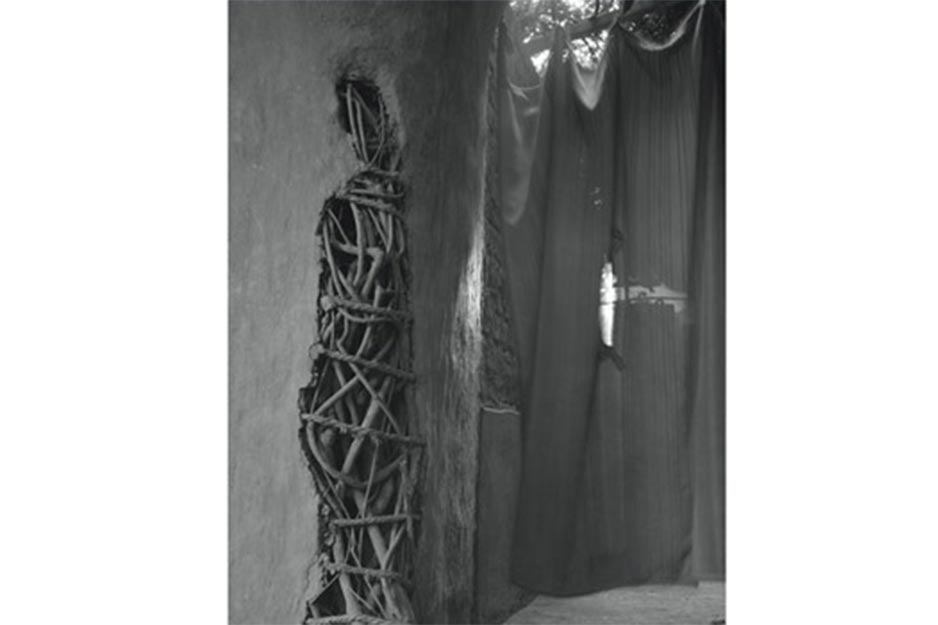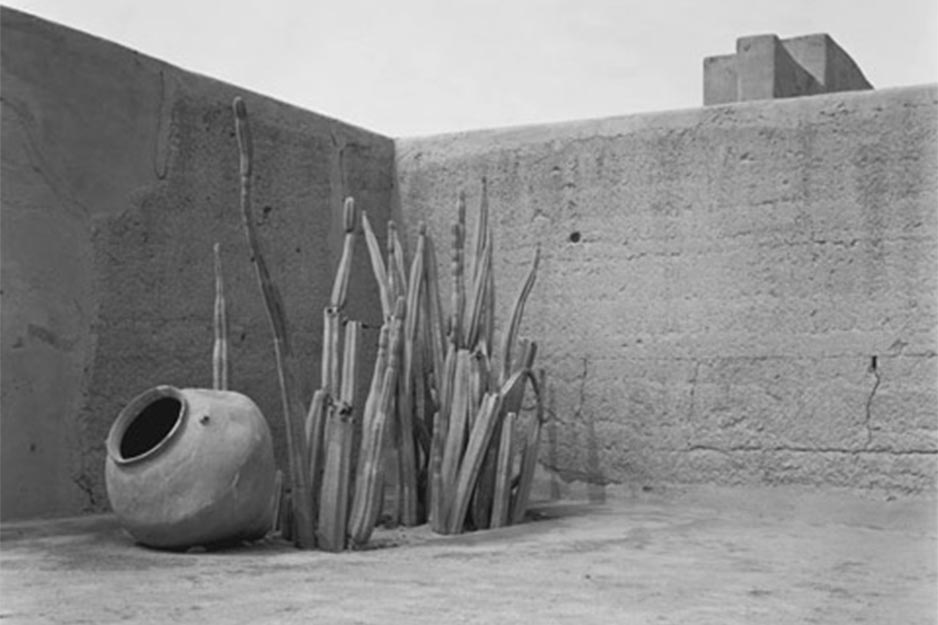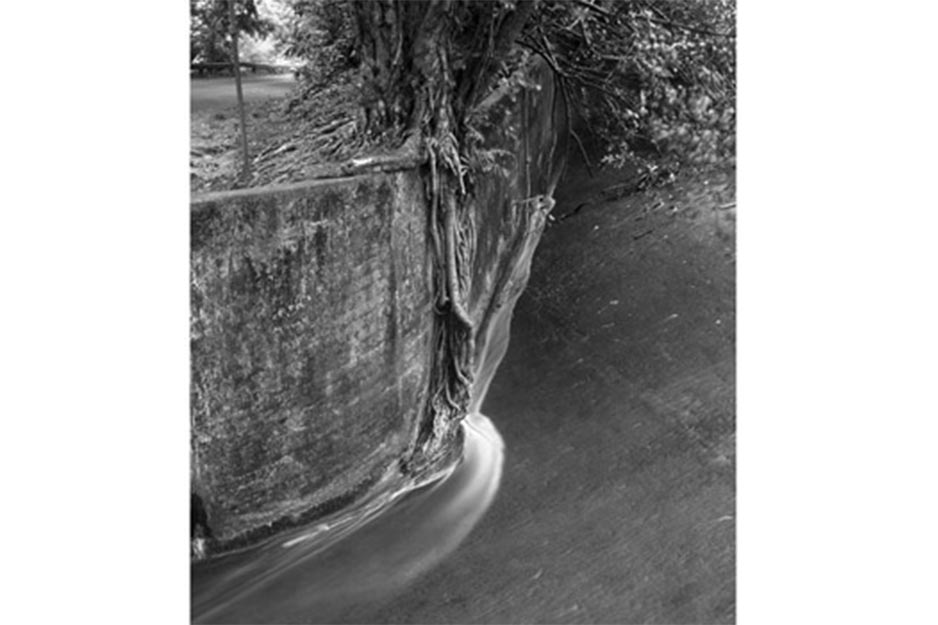Platinum Printing Master Finds Spectacular Tonal Range with Roland d'Vinci System
Lenny Eiger
Lenny Eiger is a photographer's photographer, an accomplished fine artist and master printer. His photographs exhibit excellent craftsmanship and are layered with a sense of time and place, intimacy and integrity. Eiger is also a premier photographic printer and is among a handful of artists who resurrected the platinum printing process in the 1970’s. He has printed for many of the world’s top photographers including Richard Avedon.
A true master, Eiger believes photography ought to be about humanity, that ultimately it is the depth of your relationship to your subject that is your expression, not just the image itself.
Eiger’s background in fine art and photography is extensive. He has an MFA from Pratt Institute in New York City and ten years experience teaching college at Parsons School of Design, The Cooper Union, and the New School in New York City, as well as the Academy of Art in San Francisco, where he taught Large Format, Platinum and other Non-Silver Processes, Photochemistry and the History of Photography. He has also taught workshops at Cone Editions Press in Vermont.
Currently Eiger lives in Petaluma, California with his wife Vairagya and daughter Lena, and operates EigerStudios, a high-end drum scanning and fine art printing studio. EigerStudios is anchored by two 54" 12-color Roland d'Vinci Systems, based on the company’s Hi-Fi JET Pro II inkjet technology. It also features the top-of-the-line 8,000 ppi Aztek Premier drum scanner.
“The d’Vinci printer with the right inks, when used by an experienced and knowledgeable craftsman, has an even longer tonal range than platinum prints,” said Eiger. “The results are spectacular.”
“The Roland d’Vinci system has truly amazed me,” said Eiger. “The color space is wider and more accurate than any other color system and the additional blacks deliver a smoother gradation than any system out there. The prints are just stunning.” To facilitate his museum-quality production, Eiger has dedicated one of the printers to black and white and the other to full color printing. The color d’Vinci system uses eight Roland inks (CMYKLcLm and Orange and Green) and four Jon Cone inks. With the extended ink set, says Eiger, “I have about 200,000 more colors in my color space than other printers do.”
For his black and white d’Vinci system, Eiger remixes his own inks and has developed a system that uses six black and white inks for a carbon sepia look, another six for a selenium tone look and a mixture of all 12 for neutral. In addition, this system can create split tones and any combination of warm and cool tones a customer may request. He uses ErgoSoft’s StudioPrint RIP to individually control each of the Roland’s 12 slots and set different environments. According to Eiger, his d’Vinci printers are the industry’s most advanced and the only setup of their kind in the country.
“I’m a fine artist and I love printing,” said Eiger. “It’s one of my passions. I’ll work until the image is right no matter how many test prints, channel masks and adjustment layers it takes. We generally do things the long way around to retain all of the original image’s quality.”
Eiger’s black and white printing is informed by his intimate understanding of the platinum printing process as well as by his own artistry. “The d’Vinci printer with the right inks, when used by an experienced and knowledgeable craftsman, has an even longer tonal range than platinum prints,” said Eiger. “The results are spectacular.”
One of Eiger’s recent projects was for a famous designer who was in need of a piece for the wall of a client’s home. The designer arrived at Eiger’s studio with bananas in hand. Eiger photographed one of them with his 8”x10” camera and then scanned the image at 8000 ppi into a 15 gigabyte file. After adding some additional black to the sides of the image, Eiger printed it on the d’Vinci at full resolution and uninterpolated at 400 dpi to create a 48” x 21’ print. “The Roland has allowed me to scale my work at this level,” said Eiger. “It’s just incredibly smooth.”
When printing for another photographer, whether in color or black and white, Eiger notes that he must put his own aesthetic aside to print in their style as opposed to his own. For this work, he relies on his depth of knowledge and his teaching experience. “First, it’s essential to understand the genre an artist is working in,” he said. “One also needs a deep understanding of the history of photography. When teaching you have to look at what your students are attempting to achieve and then help them get there. This principle applies to printing as well. Finally, you need the knowledge and equipment to make it happen.”
He continued, “Many fine art printers aim for an 80-85% result and they feel that’s enough for their customer base. Here, we produce only museum quality prints so we are striving for that 100% mark every time. Our clients are very discerning artists and photographers; they will walk up to the final prints as close as they can and still focus, and they expect the printing to be exactly as they envision, as if they had made the prints themselves for museum display.”
For more information visit www.eigerstudios.com.











